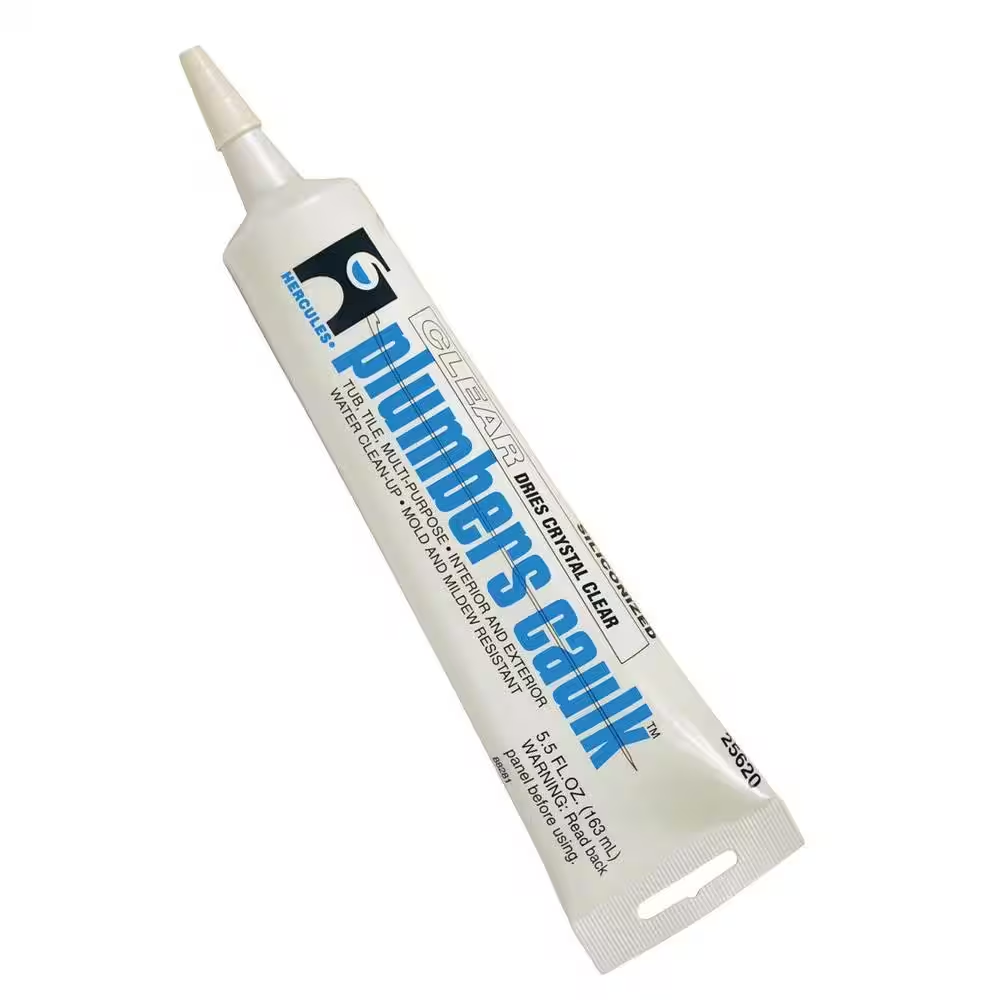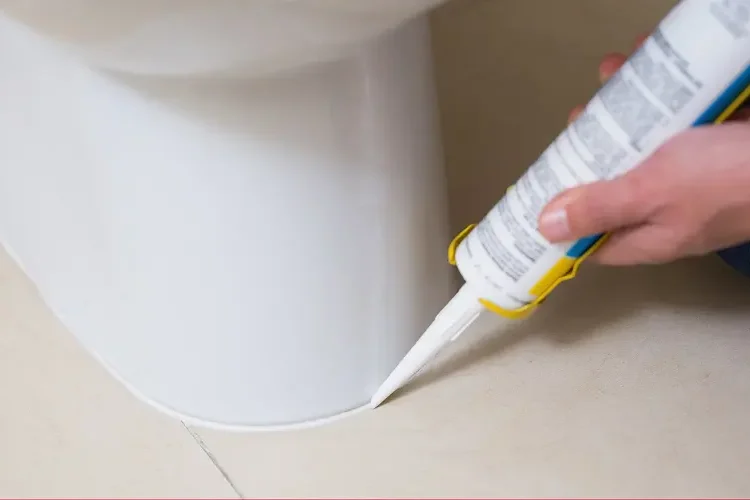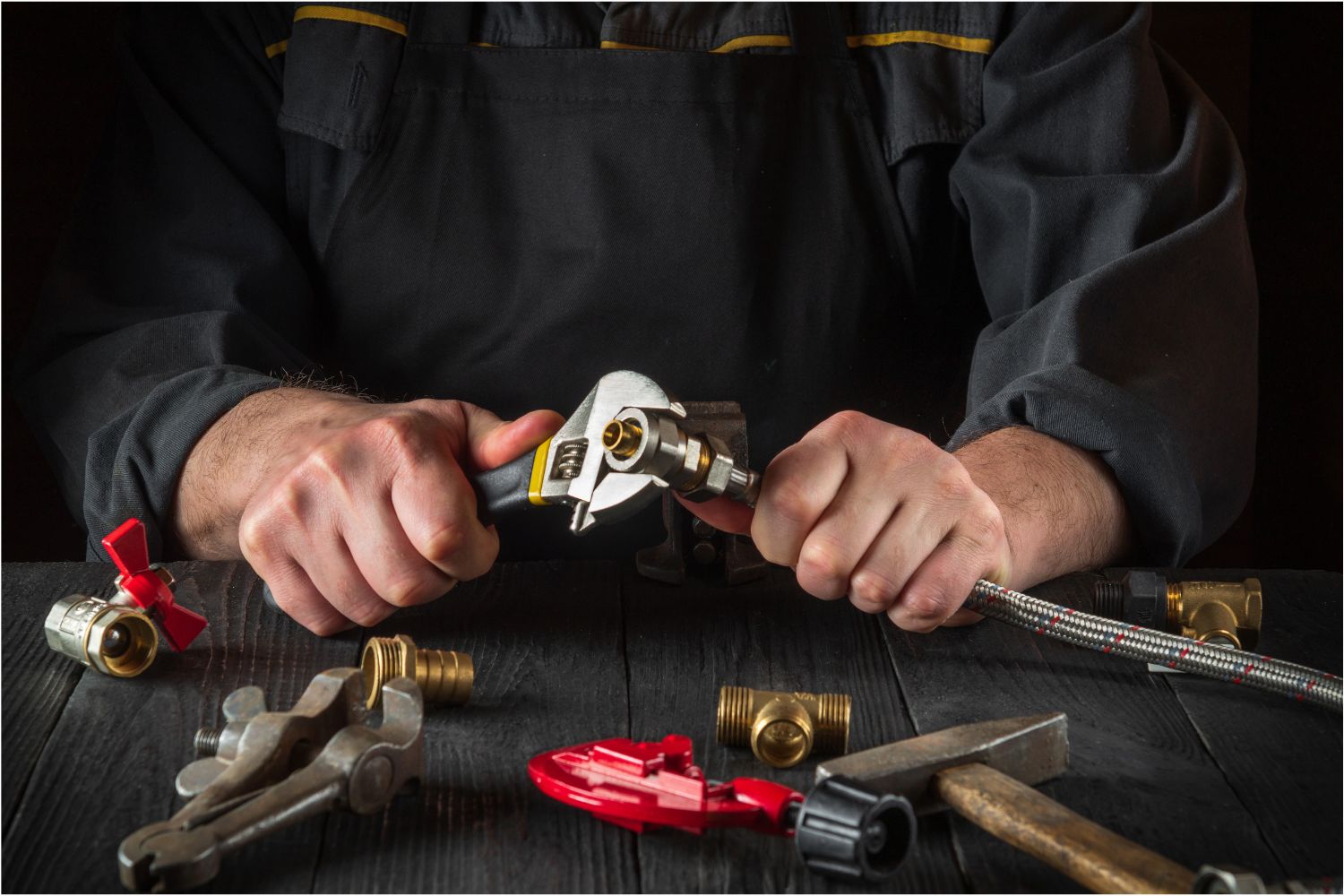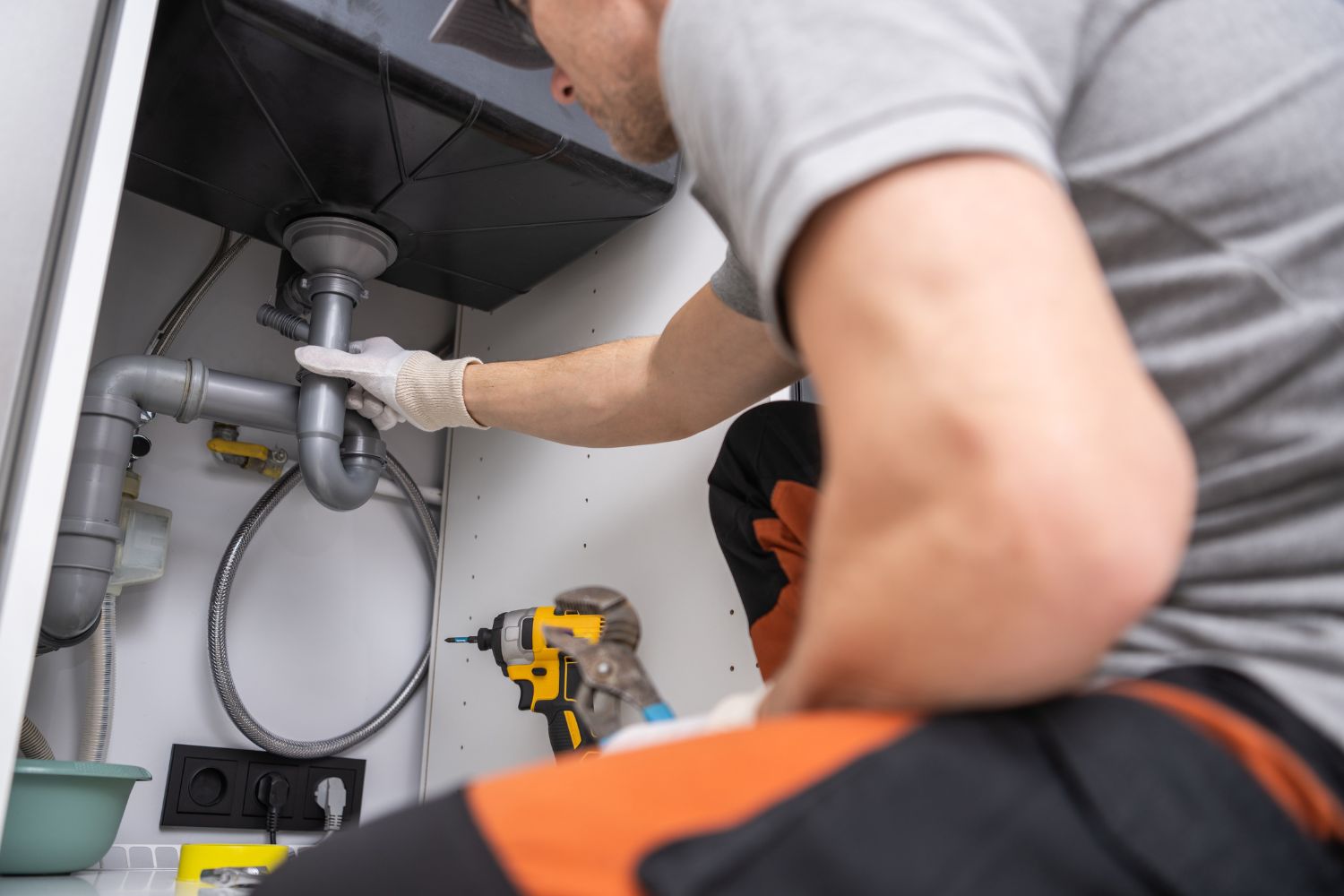Hi, I’m Ted B. White, the owner of MyBoisePlumbers. If you’re wondering whether to caulk around your toilet, you’re in the right place. This is a big question in the plumbing world. Some plumbers say it’s not necessary, while others swear by it. So, what’s the truth? Should you caulk around your toilet or skip it?
In this post, I’ll break down why caulking is important, how to do it right, and what it can do for your bathroom. Let’s dive in and make this easy to understand.
Why Should You Caulk Around a Toilet?
1. Meeting Plumbing Codes
One reason you should caulk around your toilet is that it’s required by plumbing codes. According to the International Plumbing Code (2012 edition) and the Uniform Plumbing Code (2009 edition), toilets must be sealed where they meet the floor. If you skip this step, your bathroom might not be up to code. This can be a problem during a home inspection or when you try to sell your home. Caulking around the toilet base helps you stay compliant with these codes and avoid issues down the road.
2. Preventing Moisture Damage
Without caulk, water can leak under the toilet. This leads to moisture problems like rot, mold, and damaged floors. This is especially true for bathrooms with wooden floors or tiles. Over time, water can seep under the toilet base and damage the subfloor, causing expensive repairs. Caulking keeps water from slipping through the cracks and damaging your bathroom. It’s an easy way to protect your home and save money on repairs.
3. Keeping Things Clean
When you leave gaps around the toilet, it becomes easier for dirt, water, and even urine to get stuck underneath. This creates the perfect place for bacteria to grow. It also makes your cleaning routine more difficult. If you caulk the base of your toilet, you’ll stop water and germs from building up under there. Your bathroom will stay cleaner and more hygienic. Plus, it’ll smell better, too.
4. Improving the Look of Your Bathroom
Caulking around the toilet can actually make your bathroom look better. Without caulk, there are usually noticeable gaps between the toilet and the floor. This can make the toilet look out of place. Caulking gives it a neat, finished look. It hides the cracks and gives the bathroom a more polished, clean appearance. A small detail like this can make a big difference in how your space looks.
The Stability and Aesthetic Benefits of Caulking
1. Stabilizing the Toilet
Another reason to caulk your toilet is that it helps keep it stable. If the floor under your toilet isn’t perfectly level, the toilet might rock or shift. This can cause leaks and even break the seal on the wax ring. By caulking around the toilet, you prevent it from moving. The caulk helps create a solid base that keeps the toilet in place, reducing the risk of damage.
2. Enhancing Bathroom Aesthetics
In addition to stability, caulking also boosts your bathroom’s aesthetic appeal. Gaps around the toilet base are often visible and can make your bathroom look messy. Caulking covers up these gaps and gives your bathroom a cleaner, neater look. This small fix can make a big impact on the overall appearance of your space. Plus, it’s an easy and inexpensive way to improve the appearance of your bathroom.
The Best Caulk for Toilets


When you caulk around your toilet, you need to use the right kind of caulk. Bathrooms are high-moisture environments, so you need a caulk that resists water and mildew. I recommend using Hercules® Plumbers Caulk. It’s flexible, durable, and designed for use in damp environments like bathrooms. It’s a great choice for sealing toilets because it resists mildew and water.
You also have options when it comes to color. Clear caulk is popular because it dries invisible, giving a clean look. But you can also choose a color that matches your toilet or bathroom floor. The right color options can help the caulk blend in seamlessly with your bathroom.
How to Caulk Around a Toilet: A Step-by-Step Guide
Now that you know why caulking is important, let’s talk about how to do it correctly. Don’t worry, it’s easier than it sounds! Follow these steps and you’ll have your toilet sealed in no time.
Step 1: Gather Your Materials
Before you get started, you’ll need:
- Caulk tube (silicone or siliconized acrylic-latex)
- Caulk gun (optional but makes it easier)
- Utility knife to remove old caulk
- Painter’s tape to create clean lines
- Damp cloth for smoothing the caulk
Step 2: Clean the Area
Start by cleaning the area around the base of the toilet. You want to remove any dirt, old caulk, or grime. Use a utility knife to scrape away any leftover caulk. This gives the new caulk a clean surface to stick to.
Next, use painter’s tape to outline the base of the toilet. This will help keep the caulk neat and prevent it from getting on the floor.
Step 3: Apply the Caulk
Cut the tip of the caulk tube at a 45-degree angle. Insert the tube into the caulk gun and begin applying a steady bead of caulk around the base of the toilet. Move the gun evenly around the entire perimeter of the toilet. Make sure to fill any gaps so that the caulk seals all the way around.
Step 4: Smooth the Caulk
After applying the caulk, use your finger or a damp cloth to smooth it out. This step, called tooling, helps ensure the caulk fills all the gaps and creates a solid seal. Remove the painter’s tape immediately after smoothing the caulk to avoid pulling up any of the caulk.
Step 5: Let the Caulk Set
Let the caulk dry for about 24 hours. During this time, avoid using the toilet. The caulk needs time to set and form a proper seal. Follow the manufacturer’s instructions for curing time, and be patient. Once it’s dry, your toilet will be sealed and ready for use.
Should You Leave a Gap at the Back?
Some plumbers suggest leaving a small gap at the back of the toilet to allow any leaks to escape. However, this isn’t always a good idea. Most water will follow the path of least resistance, which is usually down the toilet flange pipe. So, leaving a gap isn’t always effective in letting water escape.
I recommend caulking the entire base of the toilet to prevent water from getting under it in the first place. This will help avoid potential leaks and protect your bathroom from damage.
Conclusion: Caulking Is Worth It
Caulking around your toilet is a simple but effective way to keep your bathroom in great condition. It helps you meet plumbing codes, prevents moisture damage, keeps things clean, and even makes your bathroom look better. Plus, it adds stability to the toilet and reduces the risk of leaks.
If you’re not sure how to do it yourself or need help with your toilet or plumbing, give me a call at MyBoisePlumbers.com. I’ve been working in the plumbing industry for years, and I can help with any plumbing job, big or small.
Thanks for reading! Whether you’re caulking a new toilet or fixing an old one, I’m here to help. Let’s keep your bathroom dry, clean, and looking great.







